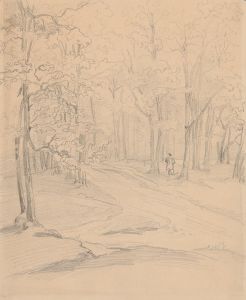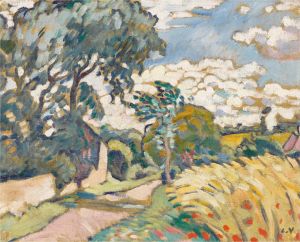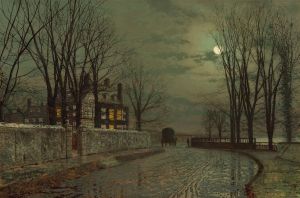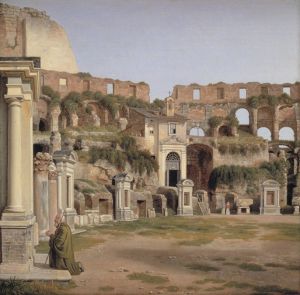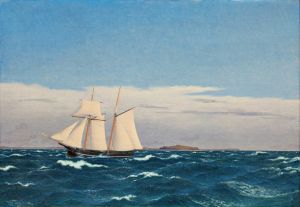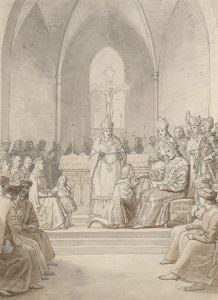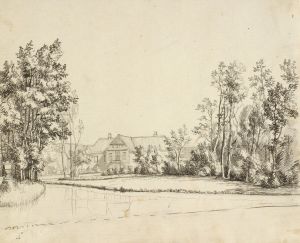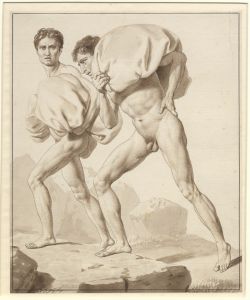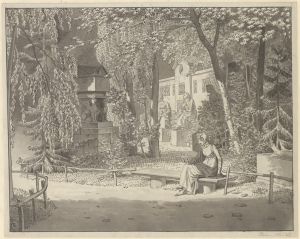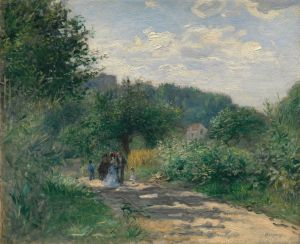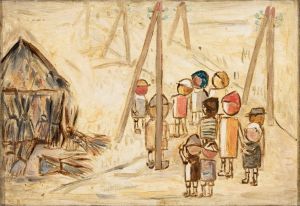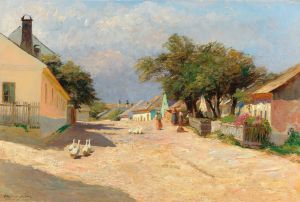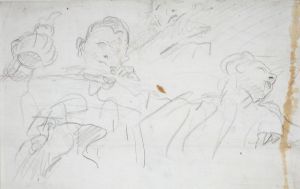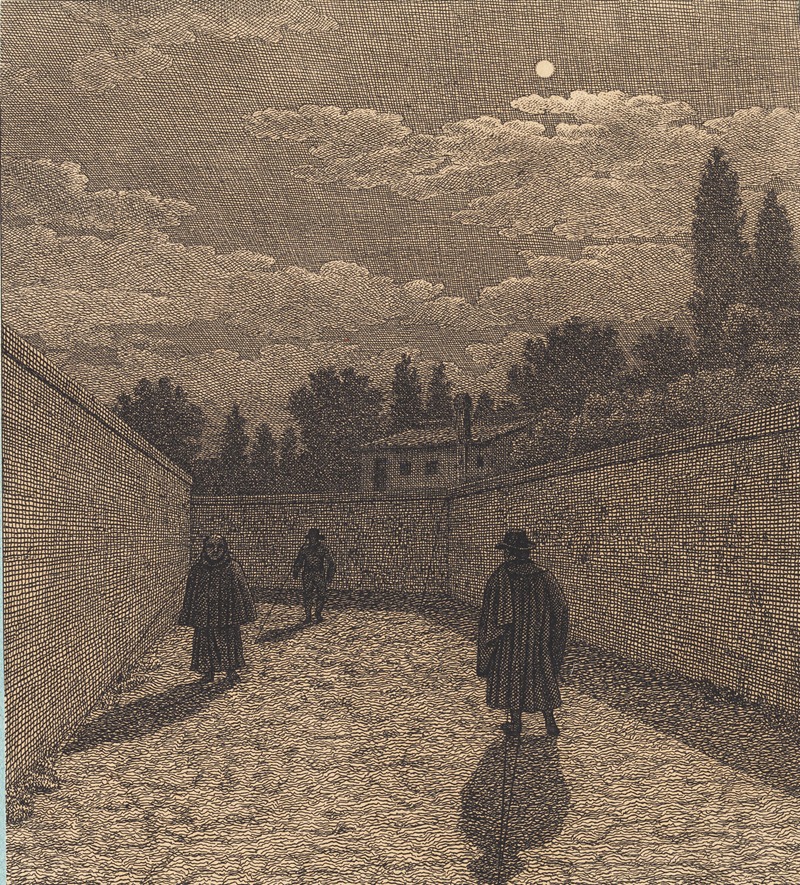
Måneskin over en vej med tre figurer Illustration til Linearperspectiven , Tavle IV
A hand-painted replica of Christoffer Wilhelm Eckersberg’s masterpiece Måneskin over en vej med tre figurer Illustration til Linearperspectiven , Tavle IV, meticulously crafted by professional artists to capture the true essence of the original. Each piece is created with museum-quality canvas and rare mineral pigments, carefully painted by experienced artists with delicate brushstrokes and rich, layered colors to perfectly recreate the texture of the original artwork. Unlike machine-printed reproductions, this hand-painted version brings the painting to life, infused with the artist’s emotions and skill in every stroke. Whether for personal collection or home decoration, it instantly elevates the artistic atmosphere of any space.
Christoffer Wilhelm Eckersberg was a prominent Danish painter, often referred to as the "father of Danish painting." He played a significant role in the development of the Danish Golden Age of painting in the first half of the 19th century. Eckersberg was known for his meticulous attention to detail and his ability to capture light and perspective, which he often demonstrated in his works.
One of his notable contributions to art was his exploration and teaching of linear perspective, a technique that allows artists to create the illusion of depth and space on a flat surface. This technique was crucial in the development of realistic and proportionate representations in art. Eckersberg's dedication to this method was evident in his teachings at the Royal Danish Academy of Fine Arts, where he influenced a generation of Danish artists.
The work titled "Måneskin over en vej med tre figurer Illustration til Linearperspectiven, Tavle IV" is an example of Eckersberg's focus on perspective. While specific details about this particular piece are limited, it is understood to be part of a series or collection that illustrates the principles of linear perspective. The title translates to "Moonlight over a Road with Three Figures Illustration for Linear Perspective, Plate IV," suggesting that the painting was likely used as an educational tool or study to demonstrate the application of perspective in art.
Eckersberg's works often featured serene landscapes, cityscapes, and scenes of everyday life, capturing the essence of his surroundings with clarity and precision. His ability to depict light, particularly moonlight, was a testament to his skill in creating atmospheric and mood-rich compositions. The inclusion of figures in his works added a narrative element, inviting viewers to engage with the scene on a more personal level.
As a professor at the Royal Danish Academy of Fine Arts, Eckersberg's influence extended beyond his own creations. He was instrumental in shaping the curriculum and inspiring students to embrace the principles of perspective and realism. His teachings emphasized the importance of observation and the study of nature, encouraging artists to depict the world with accuracy and authenticity.
Eckersberg's legacy is evident in the works of his students, many of whom became prominent artists in their own right. His commitment to perspective and realism laid the foundation for the Danish Golden Age, a period marked by a flourishing of the arts and a focus on national identity and cultural heritage.
In summary, Christoffer Wilhelm Eckersberg's "Måneskin over en vej med tre figurer Illustration til Linearperspectiven, Tavle IV" reflects his dedication to the principles of linear perspective and his influence as an educator. While specific details about this work are scarce, it represents a broader commitment to realism and the study of light and space that defined his career and impacted Danish art significantly.





